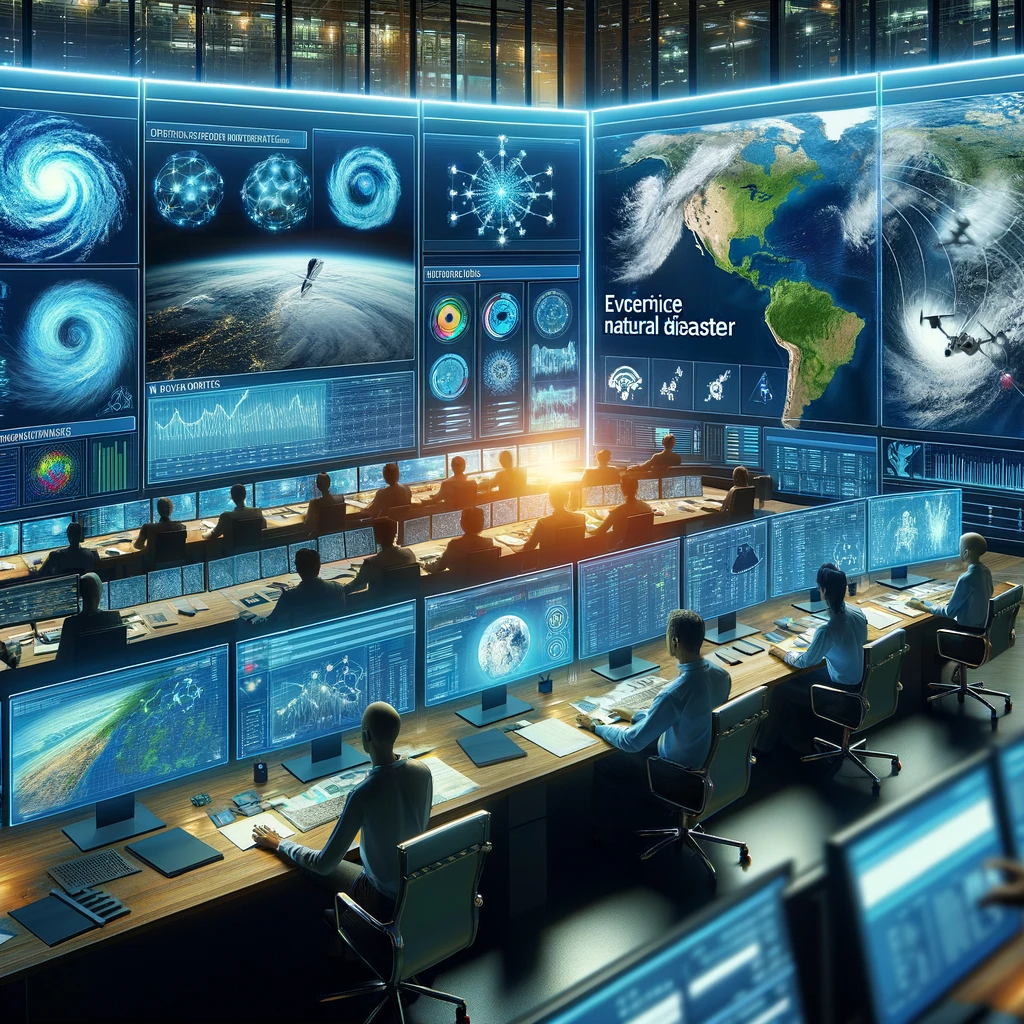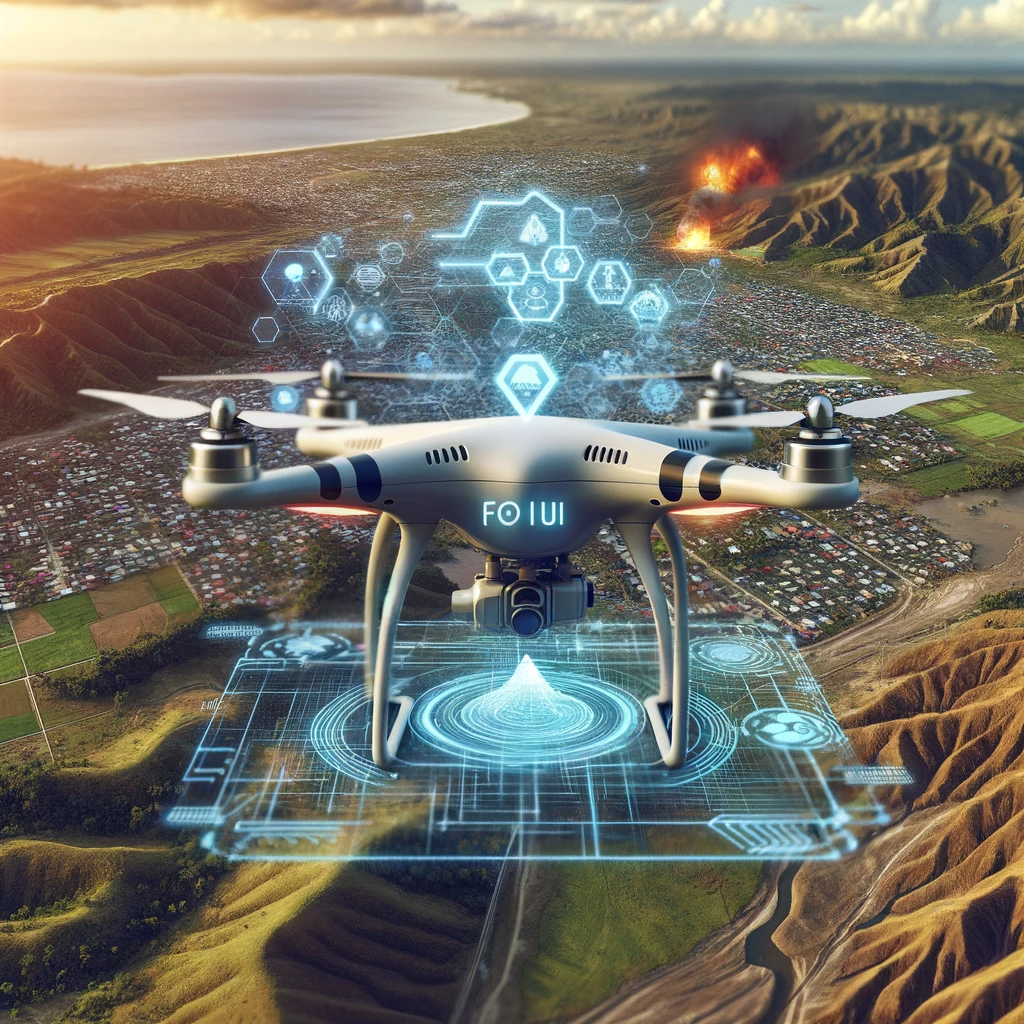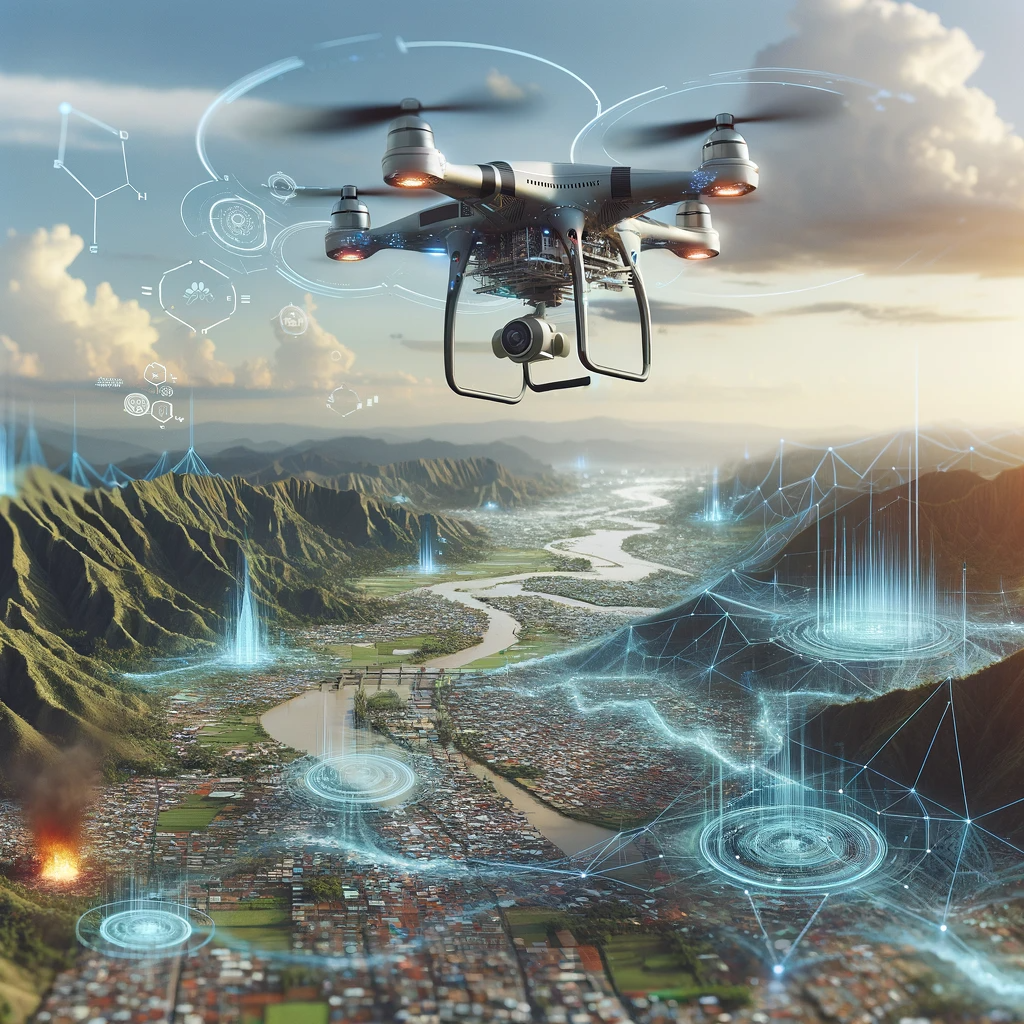Natural disasters, ranging from earthquakes and hurricanes to floods and wildfires, pose significant threats to human lives and property worldwide. With the frequency and intensity of these disasters on the rise due to climate change, it has become crucial to find innovative solutions to mitigate their risks and enhance disaster preparedness and response. Artificial Intelligence (AI) has emerged as a powerful tool in this endeavor, offering the potential to predict, prepare for, and respond to natural disasters more effectively than ever before.
Predictive Power of AI
One of the most promising applications of AI in disaster mitigation is its predictive capabilities. AI algorithms can analyze vast amounts of data, including historical weather patterns, seismic activity, and satellite imagery, to forecast natural disasters with greater accuracy and lead time. For example, machine learning models can predict the trajectory of hurricanes, the likelihood of earthquakes, or the potential for flash floods. By providing early warnings, AI helps authorities and communities prepare and evacuate in a timely manner, ultimately saving lives.
Early Warning Systems
AI-driven early warning systems are instrumental in disaster risk reduction. These systems continuously analyze real-time data from various sources, such as weather stations, seismometers, and remote sensors, to detect the first signs of impending disasters. When anomalies or potential threats are identified, automated alerts are issued to relevant authorities and communities. This rapid dissemination of information allows for proactive measures, such as evacuation orders and emergency response preparations.

Disaster Preparedness and Planning
AI plays a vital role in disaster preparedness by helping communities develop effective plans and strategies. Machine learning algorithms can simulate different disaster scenarios, considering variables like population density, infrastructure vulnerabilities, and emergency response capabilities. This modeling allows decision-makers to optimize evacuation routes, allocate resources, and enhance the resilience of critical infrastructure. AI also assists in resource allocation, ensuring that essential supplies, medical personnel, and rescue teams are strategically positioned before a disaster strikes.
AI-Enhanced Emergency Response
During a disaster, every second counts. AI aids emergency responders by providing real-time insights and decision support. Drones equipped with AI-powered cameras can survey affected areas, assess damage, and identify survivors or hazards like downed power lines. AI-driven data analysis helps prioritize rescue efforts, allocate resources efficiently, and ensure a coordinated response. Additionally, natural language processing and chatbots enable authorities to communicate crucial information to the public and respond to inquiries promptly.
Improving Resilience with Smart Infrastructure
In the face of natural disasters, resilient infrastructure is essential. AI-driven smart infrastructure solutions are designed to withstand extreme conditions and adapt to emergencies. For instance, buildings and bridges equipped with sensors and AI systems can detect structural damage in real-time, ensuring the safety of occupants and preventing catastrophic failures. Smart grids can reroute electricity in the event of power outages caused by storms or wildfires, minimizing disruption to communities.
Harnessing Satellite Technology
Satellites equipped with AI technology contribute significantly to disaster risk reduction. They provide a bird’s-eye view of disaster-affected areas, enabling rapid damage assessment and resource allocation. AI algorithms process satellite imagery to identify affected regions, assess the extent of destruction, and locate survivors. This information is invaluable for emergency response teams, allowing them to reach affected areas more efficiently and provide timely assistance.
Environmental Monitoring and Climate Modeling
Climate change exacerbates the frequency and severity of natural disasters. AI-driven environmental monitoring and climate modeling help scientists and policymakers understand these changes better. Machine learning algorithms analyze climate data to make more accurate predictions about future weather patterns, sea-level rise, and temperature fluctuations. Armed with this knowledge, communities can develop long-term strategies to adapt to changing environmental conditions and reduce disaster risks.
Community Engagement and Public Awareness
AI can also facilitate community engagement and raise public awareness about disaster risks. Chatbots and social media platforms powered by AI can disseminate information on disaster preparedness, evacuation routes, and emergency contacts. AI-driven virtual reality and augmented reality applications can simulate disaster scenarios, helping individuals understand the importance of preparedness and providing guidance on protective actions.
Challenges and Ethical Considerations
While AI offers immense potential in mitigating the risks of natural disasters, it is not without challenges and ethical considerations. Ensuring the accuracy and reliability of AI models is paramount, as erroneous predictions can lead to unnecessary panic or inadequate response. Additionally, privacy concerns arise when collecting and analyzing personal data for disaster preparedness and response. Striking a balance between effective disaster mitigation and safeguarding individuals’ rights is an ongoing challenge.

Conclusion
AI’s role in mitigating the risks of natural disasters is ever-expanding, offering a ray of hope in our battle against these catastrophic events. From predictive capabilities and early warning systems to disaster preparedness, response enhancement, and smart infrastructure, AI is revolutionizing the way we address natural disasters. As climate change continues to shape the landscape of disaster risk, AI remains a crucial ally in safeguarding lives, property, and the environment. It is imperative that we continue to invest in AI-driven solutions and collaborate globally to build a more resilient future in the face of nature’s fury.
In the next sections, we will explore the various ways in which AI is contributing to disaster risk reduction in more detail, highlighting specific use cases and success stories. Additionally, we will delve into the challenges and ethical considerations that accompany the integration of AI into disaster management practices. Finally, we will consider the future of AI in disaster mitigation and the steps needed to harness its full potential.
